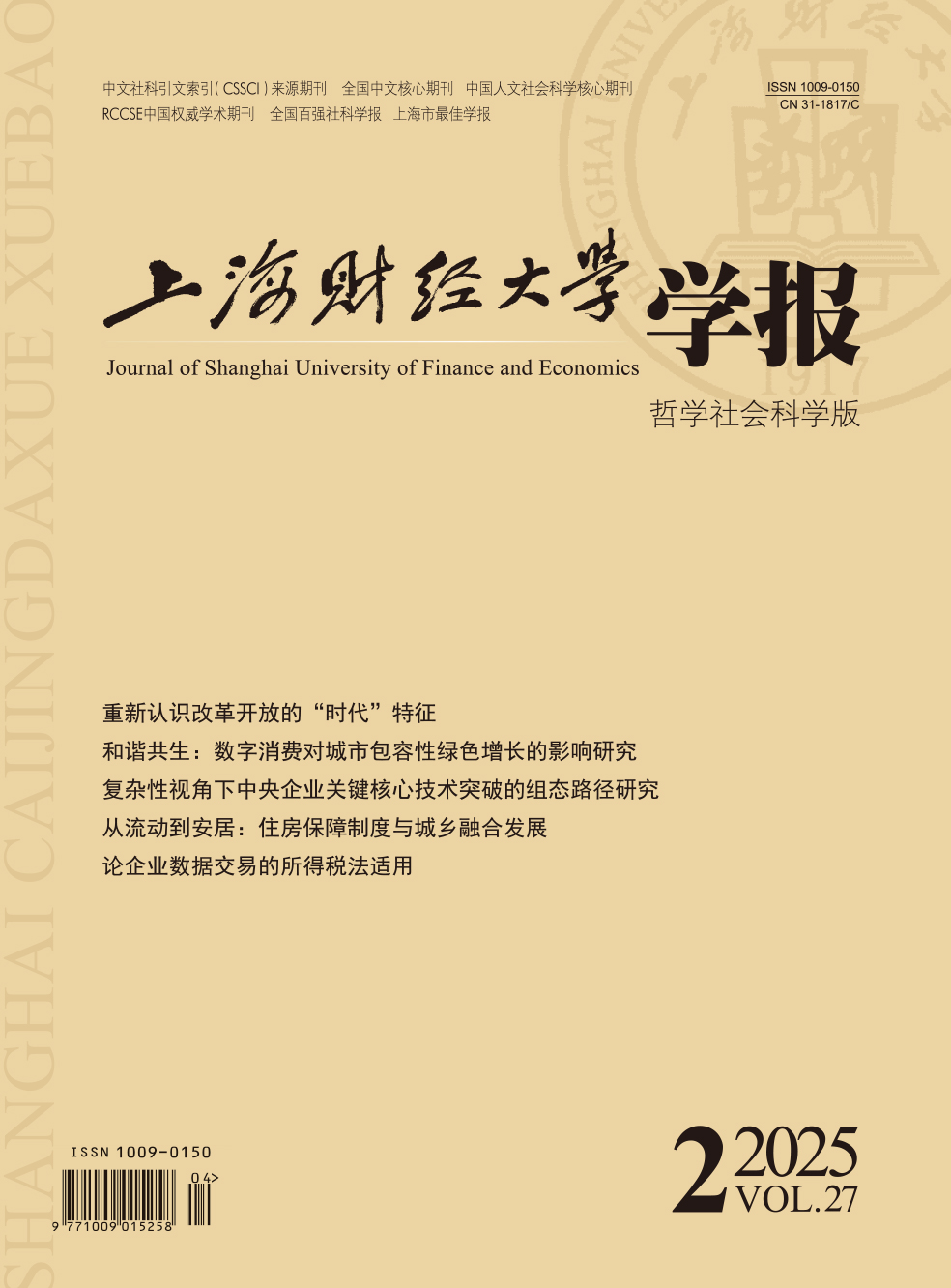International multimodal transport is the link of international economy and trade. In the context of the " One Belt and One Road” initiative, the contemporary transport practice, especially the international multimodal transport thereof, being as the basic link of the implementation of the initiative, the legal system as its guarantee needs to be re-examined and improved accordingly. The rules of liability for damage in multimodal transport are the core of its legal system. Regarding the relevant laws of China’s multimodal transport liability system, to study how to expand the scope of application and increase the application opportunities in transport practice, thereby enhancing its regional influence and consolidating the soft power of legal resources, and establishing a regional leading role in legal demonstration, research on macro regional perspectives is being urgently needed.
At present, China’s legal system of international multimodal transport liability in our country is stipulated in Maritime Code and Contract Law respectively. The relevant liability system in these two Laws not only has no special provisions on the principle of liability, but also applies different legal rules in the case of indefinite cargo damage, and the application result of Contract Law is the strict liability system and higher standard of liability, which violates the carrier’s principle of limitation of liability in the law of transport. In general, the problems are few number of legal clauses and a lack of operability. In view of the dualistic separation model adopted by China’s international multimodal transport liability system (formulated in Contract Law and Maritime Code respectively) and the shortcomings of the specific regulations, and referring to the experience of international society in the construction of this system, in order to meet the needs of the development of multimodal transport and adapt to the legal development trend of the international multimodal transport liability system, this paper builds up the applicable and forward-looking liability system framework from two aspects, i.e. legislative mode selection and concrete system construction of China’s international multimodal transport liability system.
Since Maritime Code has entered the legislative modification procedure on the current time, the existing adjustment on the legislative model of the dualistic separation model of Maritime Code and Contract Law remains unchanged. In terms of the content and provisions of the liability system construction, both Laws need to add special provisions on the imputation principle of the presumed fault liability system applicable to the multimodal transport operator. In terms of the provisions on the liability form of multimodal transport in Maritime Code, the original " Modified Network Liability System” should be modified to " Minimum Network Liability System”. Therefore, at a time when regional legislation has not yet formed a climate, the lack of a mandatory application law for non-marine sections is equivalent to the mandatory application of the provisions of China’s Maritime Law, thereby achieving the effect of a unified liability system with a formal network liability system.
On the other hand, if the regional integration legislation advances, when the cargo damage can be fixed, the purpose of enhancing the application of the regional legislation can be achieved. When the cargo damage is indefinite, the provisions of Maritime Law shall be directly applied to make full use of the regional advantages of China’s transportation and port development, and thus enhance the international influence of China’s Maritime Law, so as to expand the scope of application of Maritime Code, enhance the regional influence of China’s transport law under the background of " One Belt and One Road”, and further promote its role as a regional model law. The modification of relevant contents in Contract Law should be mainly aimed at adding a uniform limit of compensation liability for multimodal transport operators in case of indefinite cargo damage.





 4679
4679  6637
6637

